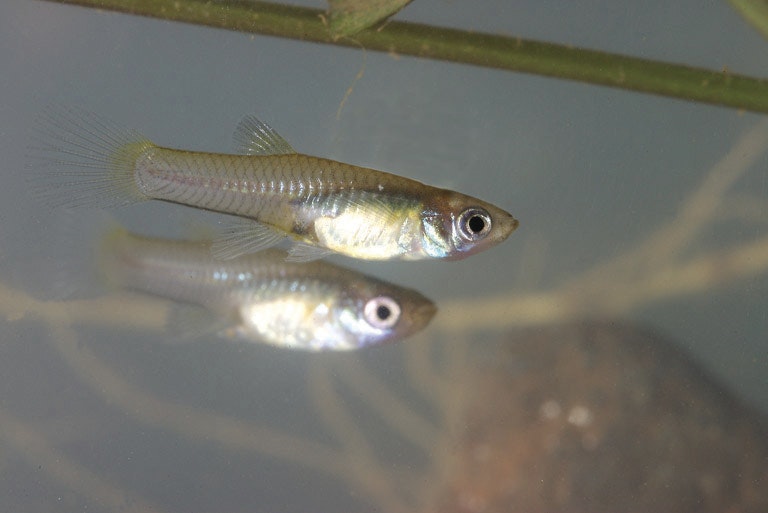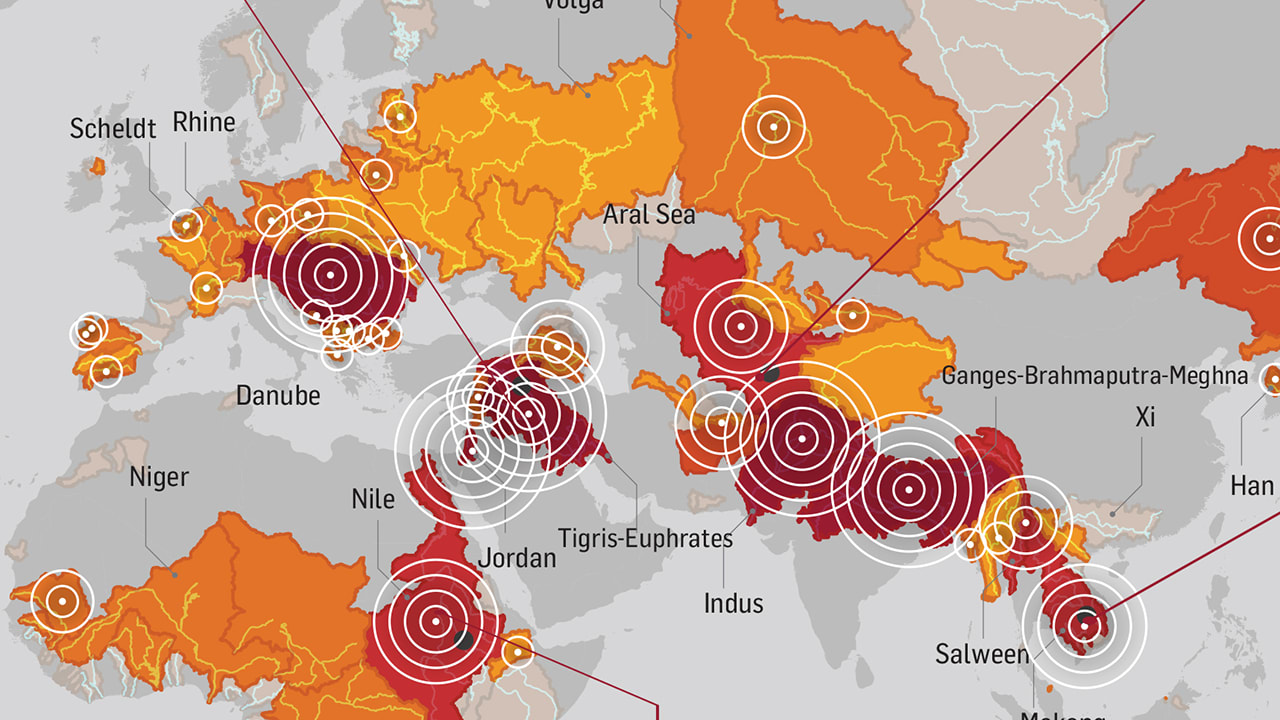Why is Rubber Still a Key Crop for Malaysia? Rubber, one of the most valuable commodities in the global market, plays a significant role in Malaysia’s economy. The country has long been associated with rubber production, and its history is deeply intertwined with the crop’s growth and commercialization. In fact, Malaysia was once the world’s largest producer of natural rubber, and while other countries have since caught up, rubber continues to be a major crop in Malaysia today. This article explores the history, significance, production, and challenges associated with rubber cultivation in Malaysia.
History of Rubber in Malaysia
The story of rubber in Malaysia begins in the late 19th century when the crop was introduced to the region. Rubber seeds were first brought to Malaya (as Malaysia was known at the time) from Brazil by the British colonial administration in 1877. The seeds were initially planted in the Royal Botanic Gardens in Peradeniya, Ceylon (Sri Lanka), and later spread across Southeast Asia, with Malaya emerging as a key area for its cultivation.
By the early 20th century, rubber was being cultivated extensively in Malaya. It quickly became one of the most important crops in the region due to the increasing global demand for rubber, especially in industries such as automobile manufacturing, where rubber was crucial for making tires. By the 1930s, Malaysia had established itself as a leading producer of natural rubber, and the crop played a central role in the country’s economy.
Rubber Production in Malaysia Today
Today, Malaysia is one of the world’s largest producers of natural rubber, although its position as the top producer has been overtaken by countries like Thailand and Indonesia. Nevertheless, Malaysia remains a key player in the global rubber market.
-
Area and Output: As of recent data, Malaysia cultivates around 1.3 million hectares of rubber. The country’s rubber plantations are spread across the Peninsular region, as well as parts of East Malaysia. While production has declined slightly in recent years due to land being shifted to palm oil plantations and other factors, the output still stands at around 600,000 tons of rubber annually.
-
Types of Rubber: Malaysia primarily produces natural rubber from the Hevea brasiliensis tree. This type of rubber is favored for its quality and versatility in a wide range of applications, including tires, footwear, and medical products. The latex harvested from these trees is processed into sheets, crepes, or concentrated latex, depending on its intended use.
-
Processing and Export: After harvesting, the latex is transported to processing facilities where it is converted into various forms such as smoked sheets, rubber blocks, and concentrated latex. Malaysia exports these processed rubber products to markets all over the world, especially to countries like the United States, Japan, China, and the European Union.
Economic Importance of Rubber
Rubber is a major contributor to Malaysia’s agricultural sector and overall economy. The crop supports millions of livelihoods, including those of smallholder farmers and plantation workers. The rubber industry is closely tied to the country’s rural development, providing a steady income for families in rural areas.
-
Employment: Approximately 400,000 to 500,000 people in Malaysia are directly employed in the rubber industry, making it a vital source of employment, especially in rural areas. These workers are involved in various stages of rubber production, from cultivation to processing and export.
-
Contribution to GDP: While the share of rubber in Malaysia’s GDP has decreased over the years due to the growth of other industries such as palm oil, rubber still holds considerable importance. The industry generates substantial revenue through exports, contributing to the country’s foreign exchange earnings.
-
Exports and Trade: Malaysia is one of the top exporters of rubber, and the demand for rubber-based products continues to rise, especially with the growing automotive and medical industries. The country’s rubber is highly regarded for its quality, and Malaysian rubber products are used in a wide range of sectors beyond just tire manufacturing, including medical gloves, industrial products, and household goods.
Challenges Facing the Rubber Industry
Despite its significance, Malaysia’s rubber industry faces several challenges that could affect its future. These include:
-
Declining Land Area: As the demand for palm oil has risen, many rubber plantations have been converted into oil palm plantations, which are more profitable. This has led to a reduction in the area dedicated to rubber cultivation. The decrease in rubber-growing land has put pressure on production levels and income for rubber farmers.
-
Price Volatility: Rubber prices are subject to significant fluctuations based on global supply and demand. Prices can be heavily affected by factors such as changes in the automotive industry, economic crises, and competition from synthetic rubber. Farmers often face financial uncertainty due to price swings.
-
Aging Workforce: The rubber industry has an aging workforce, as many younger Malaysians are less interested in working in agriculture. This issue, combined with the rural-urban migration trend, threatens the long-term sustainability of the industry.
-
Climate Change: Rubber trees are sensitive to climate conditions, and climate change poses a potential risk to production. Unpredictable weather patterns, including droughts and excessive rainfall, can affect yields and tree health.
-
Disease and Pests: Rubber trees are also vulnerable to diseases such as South American leaf blight and pests, which can significantly reduce yields. The industry needs ongoing research and innovation to combat these threats effectively.
The Future of Rubber in Malaysia
To ensure the sustainability and growth of the rubber industry, Malaysia is making strides in various areas. These include:
-
Diversification of Products: Malaysia is focusing on diversifying its rubber products to include medical gloves, rubberized goods, and even specialized materials for high-tech industries. The global demand for medical gloves, for instance, has significantly benefited Malaysia’s rubber sector.
-
Sustainability Initiatives: The government and industry stakeholders are promoting sustainable farming practices, such as rubber agroforestry, to minimize environmental impact and increase yields. There is also an emphasis on research and development to improve rubber tree resilience to diseases and pests.
-
Innovation in Processing: New technologies are being explored to enhance the processing of rubber. This includes more efficient harvesting methods, advancements in rubber processing techniques, and innovations that allow for greater utilization of rubber waste products.
-
Government Support: The Malaysian government continues to provide support to the rubber sector through various policies and initiatives, including subsidies for smallholders, research funding, and efforts to stabilize rubber prices.
As of recent years, there has not been an overall shortage of rubber globally, but the supply and demand for rubber can fluctuate, leading to certain challenges in the market. Several factors can influence rubber availability, including:
Is There a Global Rubber Shortage?
-
Supply Chain Disruptions: Natural disasters, geopolitical tensions, or the COVID-19 pandemic have occasionally disrupted the supply chain for rubber production, causing temporary shortages in some regions or industries.
-
Weather Conditions: Rubber trees are highly sensitive to weather conditions. Severe droughts, floods, or unseasonal weather patterns in major rubber-producing countries like Thailand, Indonesia, and Malaysia can reduce yields and contribute to local shortages.
-
Price Volatility: Natural rubber prices tend to be volatile, and when prices are low, some producers may reduce production, leading to tighter supply. Conversely, when prices are high, production increases, and this can help meet global demand.
-
Increased Demand: The rise in demand for products such as tires, medical gloves, and other rubber-based goods can create a temporary imbalance between supply and demand, especially during global crises like the COVID-19 pandemic when the demand for medical supplies surged.
-
Synthetic Rubber Competition: The growing production of synthetic rubber, which is derived from petroleum, also impacts the natural rubber market. Synthetic rubber is often used in industries like automotive and manufacturing, reducing reliance on natural rubber and affecting demand dynamics.
While these factors can cause localized shortages or price hikes, there hasn’t been a consistent, worldwide shortage of rubber. However, the industry continues to face challenges related to sustainability, environmental factors, and fluctuating global demand.
In Summary
Rubber remains an essential crop for Malaysia, deeply embedded in the nation’s history, economy, and agricultural landscape. Although the industry faces several challenges, there is potential for continued growth and development with proper management, innovation, and investment. The future of Malaysia’s rubber industry depends on its ability to adapt to changing market conditions, address sustainability concerns, and explore new avenues for rubber-based products in the global market.




